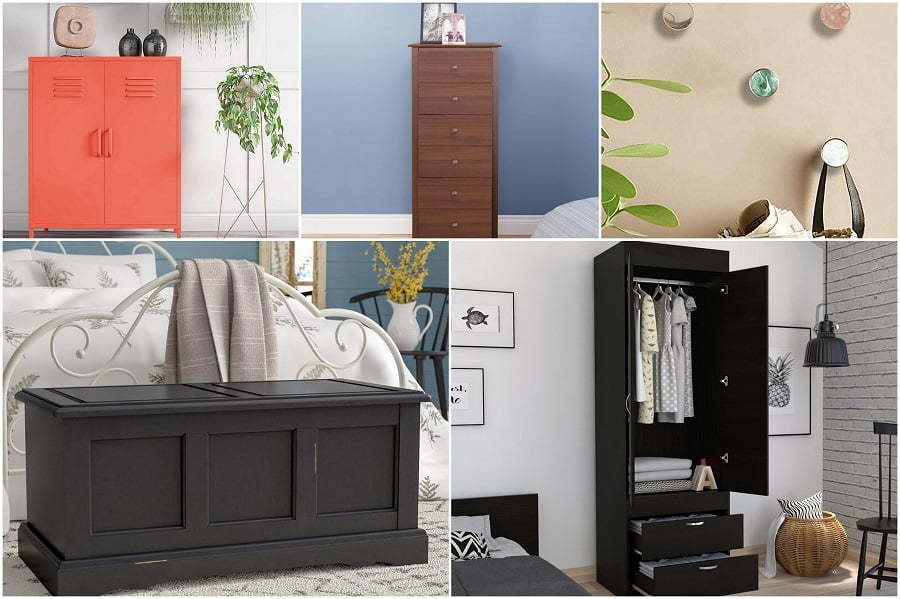Last updated on
Discover alternative options to gas boilers and their advantages and disadvantages, as a seasoned home decorator shares his budget-friendly tips for creating stunning decor while promoting eco-friendliness.
As the world becomes more conscious about the environment, many homeowners are looking for ways to reduce their carbon footprint and save money on energy bills. One major source of energy consumption in homes is gas boilers.
While they may be effective at keeping your home warm, they can also be expensive and harmful to the environment. Luckily, there are numerous alternatives available that can help you create a cozy and comfortable living space without relying on gas boilers.
In this article, we’ll explore 15 options with their advantages and disadvantages so you can make an informed decision about which one is right for your home. So sit back, grab a cup of tea or coffee, and let’s dive in!
Solar Water Heaters
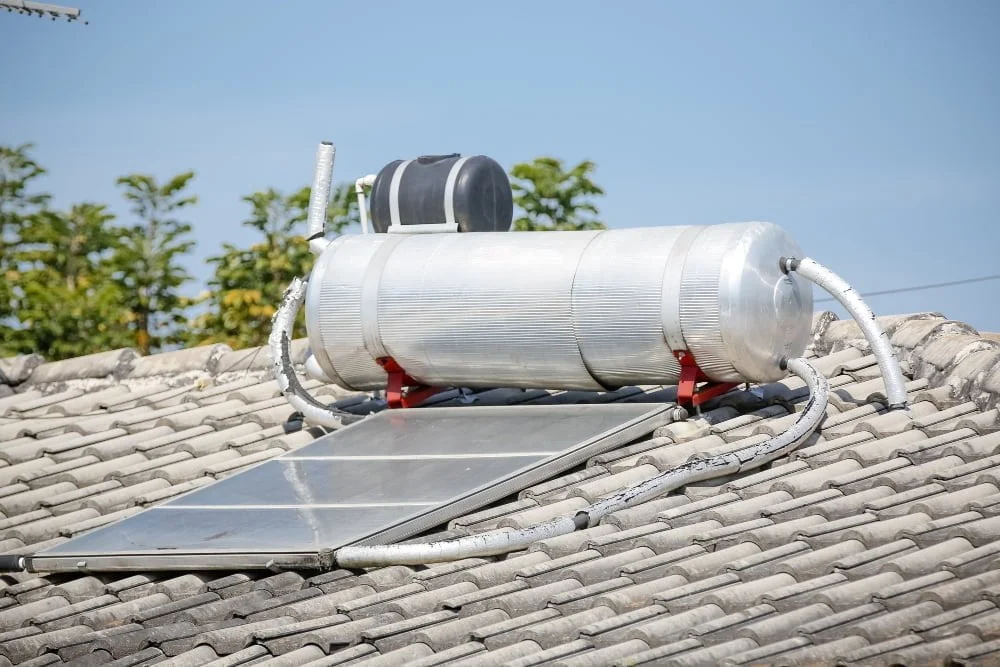
One of the most popular alternatives to gas boilers is solar water heaters. These systems use energy from the sun to heat water, which can then be used for various purposes such as bathing and washing dishes.
One advantage of solar water heaters is that they are environmentally friendly since they do not emit any harmful gases or pollutants into the atmosphere. Once installed, these systems require very little maintenance and have a long lifespan.
However, one disadvantage of solar water heaters is that their effectiveness depends on weather conditions and location. They work best in areas with plenty of sunlight throughout the year but may not be as efficient in cloudy or rainy regions.
Another potential drawback is that initial installation costs can be high compared to traditional gas boilers; however, over time savings on energy bills will offset this cost difference making it an excellent investment for homeowners looking for long-term solutions while reducing their carbon footprint at home!
Heat Pumps
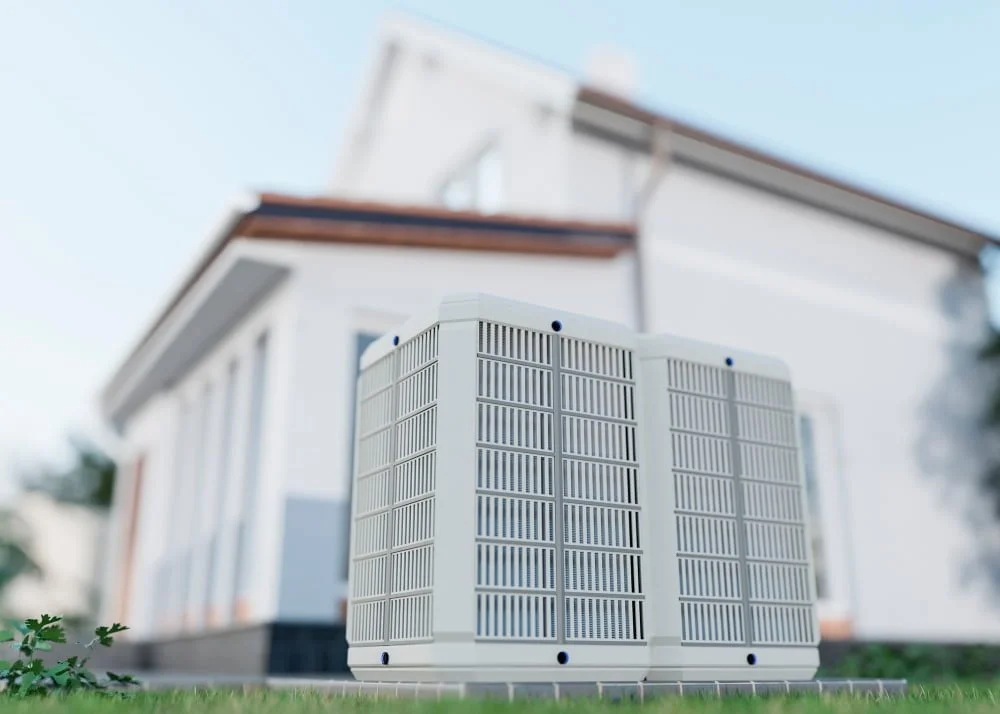
Heat pumps are a popular alternative to gas boilers, especially for those looking to reduce their carbon footprint. They work by extracting heat from the air or ground outside and transferring it into your home.
This process is highly efficient and can save you money on your energy bills in the long run.
One advantage of heat pumps is that they can also be used for cooling during hot summer months, making them a versatile option. However, they do require electricity to operate which may not be ideal if you’re trying to completely eliminate fossil fuels from your home.
Another potential disadvantage of heat pumps is that they may not provide as much warmth as a gas boiler in extremely cold temperatures. In this case, an additional heating source may be needed which could increase costs.
If you’re looking for an eco-friendly and cost-effective alternative to gas boilers with added cooling benefits, then a heat pump might just be the solution for you!
Biomass Boilers

Biomass boilers are another alternative to gas boilers that have gained popularity in recent years. These types of boilers use organic materials such as wood pellets, logs, or chips to generate heat and hot water for your home.
One advantage of biomass boilers is that they are a renewable energy source, making them an eco-friendly option for those looking to reduce their carbon footprint. The cost of fuel for biomass boilers tends to be lower than traditional fossil fuels like gas or oil.
However, there are some disadvantages associated with biomass boilers as well. They require more space than traditional gas or oil-fired systems due to the need for storage space for the organic material used as fuel.
Biomass also requires regular maintenance and cleaning compared with other heating systems.
Electric Boilers
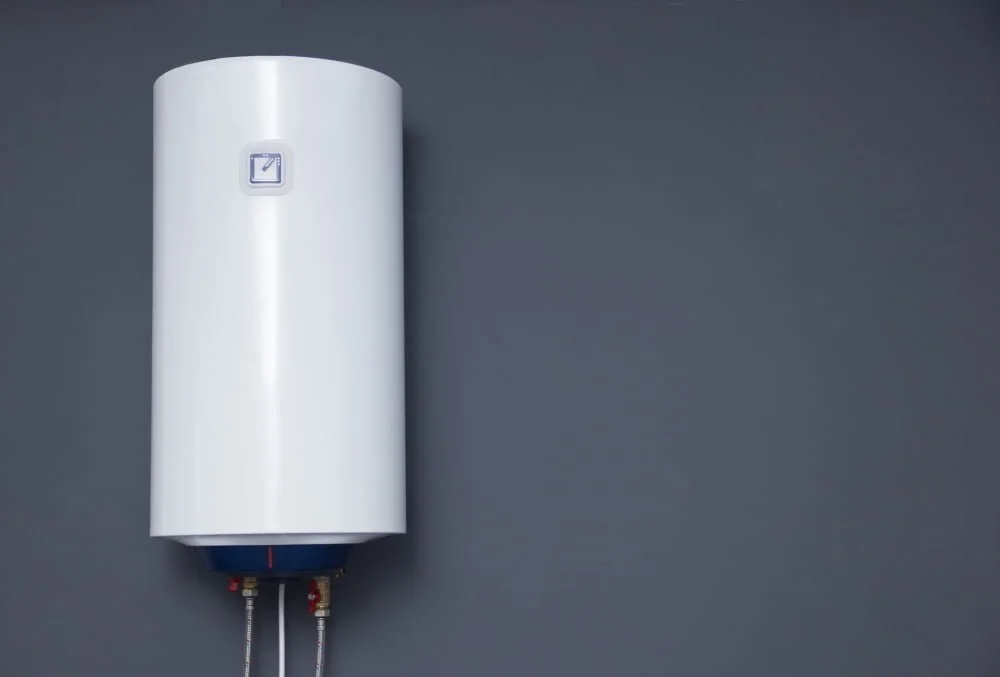
Electric boilers are another alternative to gas boilers. They work by heating water using electricity, which is then circulated through the central heating system or used for hot water.
One advantage of electric boilers is that they are very efficient and have a high energy rating, making them an environmentally friendly option. They do not require a flue or chimney as there are no emissions produced during operation.
However, one disadvantage of electric boilers is that they can be expensive to run compared to gas alternatives due to the cost of electricity in some areas. They also may not be suitable for larger homes with higher demand for hot water and heating as their output capacity may be limited compared to other types of boiler systems.
Electric boilers can provide an effective solution for smaller homes with lower demands on their central heating system while being eco-friendly at the same time but it’s important to consider your specific needs before deciding if this type of boiler would work best in your home.
Geothermal Heating Systems

Geothermal heating systems work by harnessing the natural heat from the earth’s core and using it to warm your home.
This system involves drilling deep into the ground and installing pipes that circulate water or refrigerant, which absorbs heat from underground.
One advantage of geothermal heating systems is their energy efficiency. They can provide up to four units of energy for every unit used, making them a cost-effective option in the long run.
They have a longer lifespan than traditional gas boilers since they don’t require combustion or regular maintenance.
However, one disadvantage is their high upfront installation costs due to extensive excavation work required during installation. The initial investment may be too expensive for some homeowners who are looking for budget-friendly alternatives.
Geothermal heating systems offer an environmentally friendly solution with long-term benefits but require significant upfront investment costs that may not be feasible for everyone on a tight budget.
Wood-burning Stoves

Wood-burning stoves are a popular alternative to gas boilers, especially in rural areas where wood is readily available. These stoves use renewable energy and can be an excellent way to reduce your carbon footprint.
They also provide a cozy atmosphere and can be used for cooking or heating water.
However, there are some disadvantages to consider before choosing this option. Wood-burning stoves require regular maintenance, including cleaning the chimney and removing ash from the stove itself.
They also produce smoke which may not be suitable for those with respiratory issues or allergies.
Wood-burning stoves may not provide consistent heat throughout your home as they typically only heat one room at a time unless you invest in additional ductwork or fans to distribute the warm air.
If you’re willing to put in the effort of maintaining it properly and enjoy its rustic charm then a wood-burning stove could be an excellent alternative option for heating your home without relying on gas boilers.
Infrared Panels
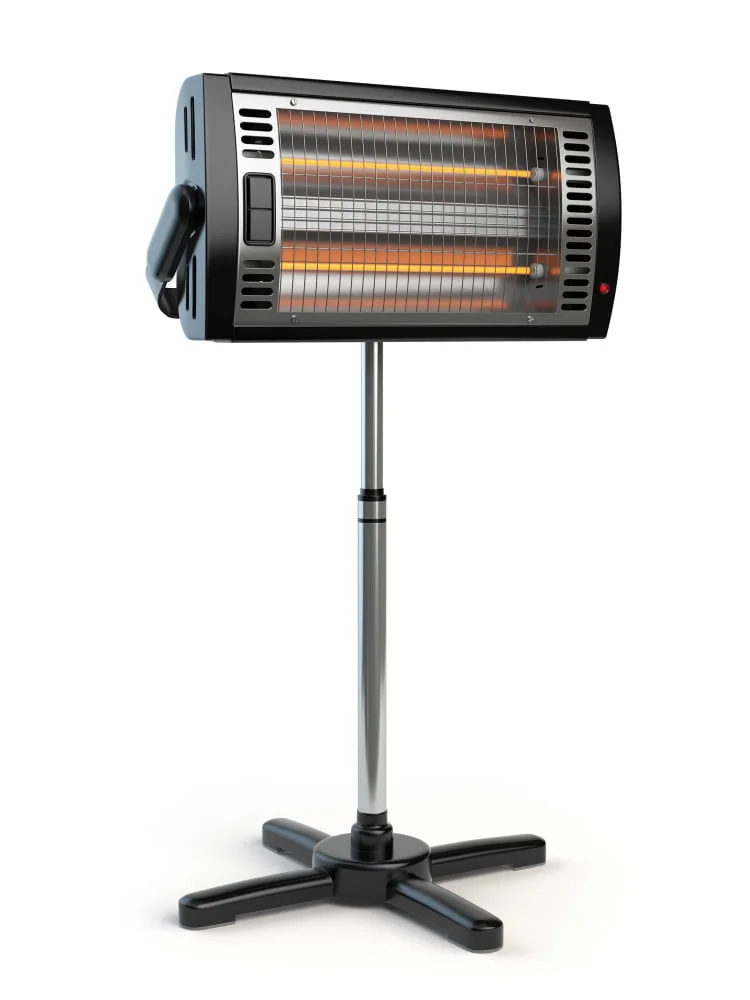
Infrared panels are a relatively new technology that is gaining popularity as an alternative to gas boilers. These panels work by emitting infrared radiation, which heats up objects and people in the room rather than the air itself.
This means that they can provide heat more efficiently and effectively than traditional heating systems.
One of the main advantages of infrared panels is their energy efficiency. They use less electricity than other types of electric heaters, making them a cost-effective option for homeowners looking to save money on their energy bills.
Another advantage is their versatility – they can be installed on walls or ceilings, and come in a range of sizes and styles to suit different rooms and decor styles.
However, there are also some disadvantages to consider when it comes to using infrared panels as an alternative to gas boilers. One potential issue is that they may not be suitable for larger spaces or homes with high ceilings – in these cases, multiple units may need to be installed which could increase costs significantly.
While infrared heating does not produce any emissions like gas boilers do (which makes them environmentally friendly), some people have reported feeling uncomfortable with this type of heat compared with traditional central heating systems.
Overall though, if you’re looking for an efficient way to heat your home without relying on fossil fuels like natural gas or oil then it’s worth considering whether installing Infrared Panels might work well within your budget constraints!
Air Source Heat Pumps
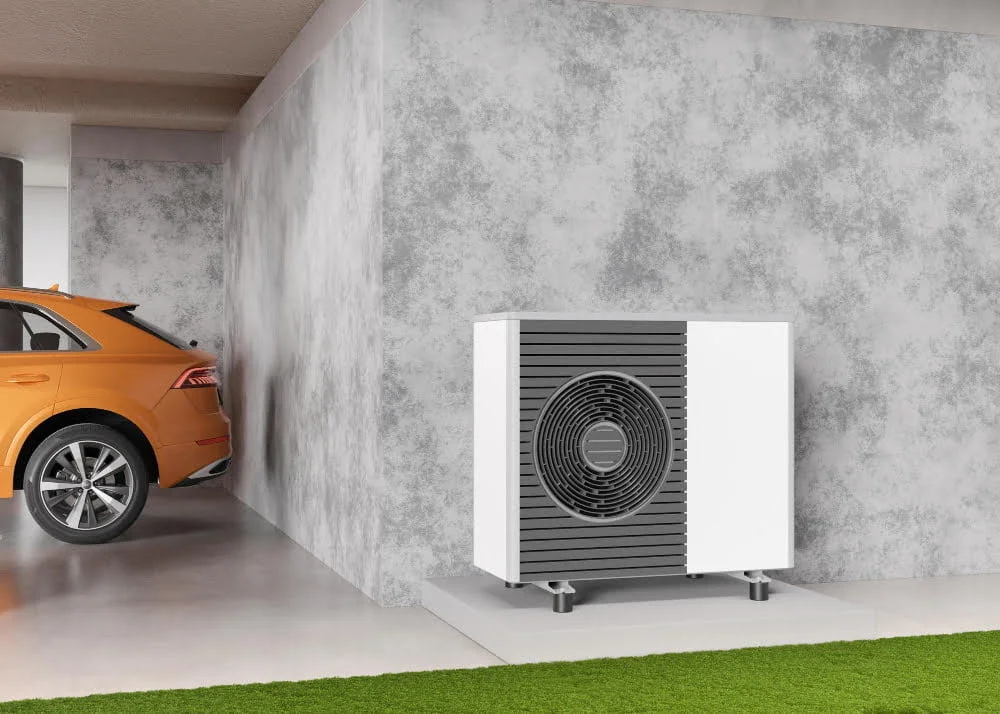
Air source heat pumps are a popular alternative to gas boilers, especially for those looking to reduce their carbon footprint. These systems work by extracting heat from the air outside and using it to warm up your home.
One of the main advantages of air source heat pumps is that they can be used for both heating and cooling, making them a versatile option. They also require very little maintenance compared to traditional boilers, which can save you money in the long run.
However, there are some disadvantages as well. Air source heat pumps tend to be less efficient in colder temperatures, so they may not be suitable for areas with harsh winters unless you have a backup heating system in place.
Installation costs can be higher than traditional boiler systems due to the need for specialized equipment and expertise.
Ground Source Heat Pumps
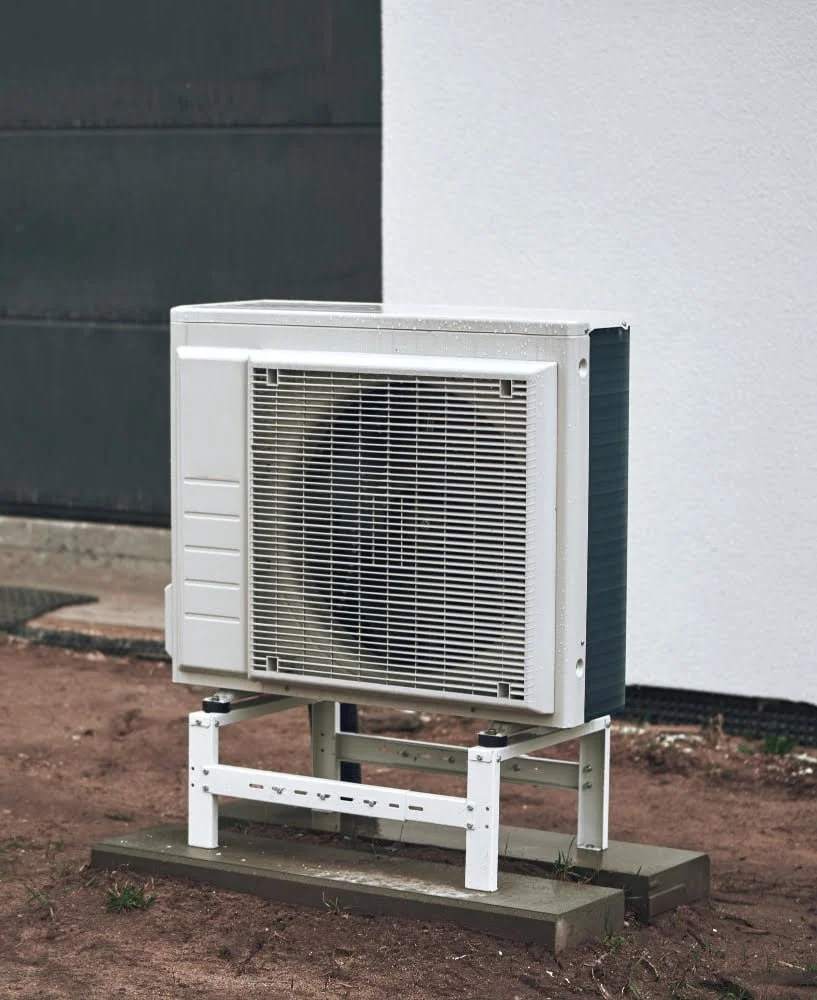
Ground source heat pumps are a great alternative to gas boilers, especially for those who want to reduce their carbon footprint. These systems work by extracting heat from the ground and using it to warm up your home.
One of the main advantages of ground source heat pumps is that they can provide both heating and cooling, making them a versatile option for year-round comfort.
Another advantage is that they have lower running costs compared to gas boilers since they use renewable energy sources. However, installing a ground source heat pump can be expensive upfront due to the need for drilling boreholes or laying pipes in your garden.
These systems require regular maintenance checks which may add extra costs over time.
Despite these disadvantages, many homeowners find that investing in a ground source heat pump pays off in terms of long-term savings on energy bills and reduced environmental impact.
Hybrid Heating Systems
Hybrid heating systems are becoming increasingly popular as an alternative to gas boilers. These systems combine a traditional boiler with a renewable energy source, such as solar panels or air source heat pumps.
The idea behind hybrid heating is that the renewable energy source provides the majority of the heat during milder weather conditions, while the boiler takes over during colder periods.
One advantage of hybrid heating is that it can significantly reduce your carbon footprint and lower your energy bills in comparison to using just a gas boiler. These systems are often eligible for government incentives and grants due to their eco-friendliness.
However, one disadvantage of hybrid heating is that they can be more expensive upfront than traditional gas boilers alone due to installation costs for both components.
It’s important also to note that if you live in an area with limited sunlight or low temperatures throughout most of the year, then this system may not be suitable for you since it relies on renewable sources like solar power or air-source heat pumps which require certain environmental conditions in order function effectively.
Condensing Gas Boiler

One of the most popular gas boiler alternatives is the condensing gas boiler. This type of boiler uses a special heat exchanger to extract more heat from the combustion gases, resulting in higher efficiency and lower energy bills.
Condensing boilers can achieve efficiencies up to 98%, making them one of the most efficient heating systems available.
One advantage of condensing gas boilers is their high efficiency, which translates into significant cost savings over time. They also produce less carbon emissions than traditional non-condensing boilers, making them an environmentally friendly option.
However, there are some disadvantages to consider when choosing a condensing gas boiler as an alternative. These types of boilers tend to be more expensive upfront compared to non-condensing models due to their advanced technology and materials used in construction.
They require regular maintenance and servicing by a qualified technician for optimal performance.
If you’re looking for an efficient and eco-friendly heating solution that will save you money on your energy bills in the long run but don’t mind paying extra upfront costs or investing time into maintenance tasks then a condensation gas boiler could be worth considering as your next home heating system upgrade!
Micro Combined Heat and Power (CHP) Units
Micro combined heat and power (CHP) units are a relatively new technology that can provide both heating and electricity to homes. These units generate electricity through the combustion of natural gas or propane, while also using the waste heat produced during this process for space heating or hot water.
One advantage of micro CHP units is their high efficiency, as they can produce up to 90% of the energy needed for a home. They also have lower carbon emissions compared to traditional boilers since they use less fuel overall.
However, one major disadvantage is their cost – micro CHP units are currently more expensive than traditional boilers and may not be suitable for all budgets. These systems require regular maintenance by qualified professionals which adds additional costs over time.
If you’re looking for an alternative way to heat your home while generating some electricity at the same time then micro CHP could be worth considering – make sure you weigh up all factors before making any decisions!
District Heating Networks
District heating networks are a great alternative to gas boilers, especially in urban areas. These systems work by distributing heat from a central source through pipes that run underground and into buildings.
The heat can come from various sources such as waste incineration plants, geothermal energy or biomass.
One of the main advantages of district heating networks is their efficiency. Since they use large-scale production methods, they can produce heat at lower costs than individual boilers would be able to achieve.
These systems have fewer emissions compared to traditional gas boilers which makes them more environmentally friendly.
However, one disadvantage is that district heating networks require significant investment upfront for installation and maintenance costs which may not be feasible for some homeowners or landlords with smaller properties. Also if the network fails due to technical issues it could leave many homes without any form of heating until repairs are made.
Waste-to-energy Plants
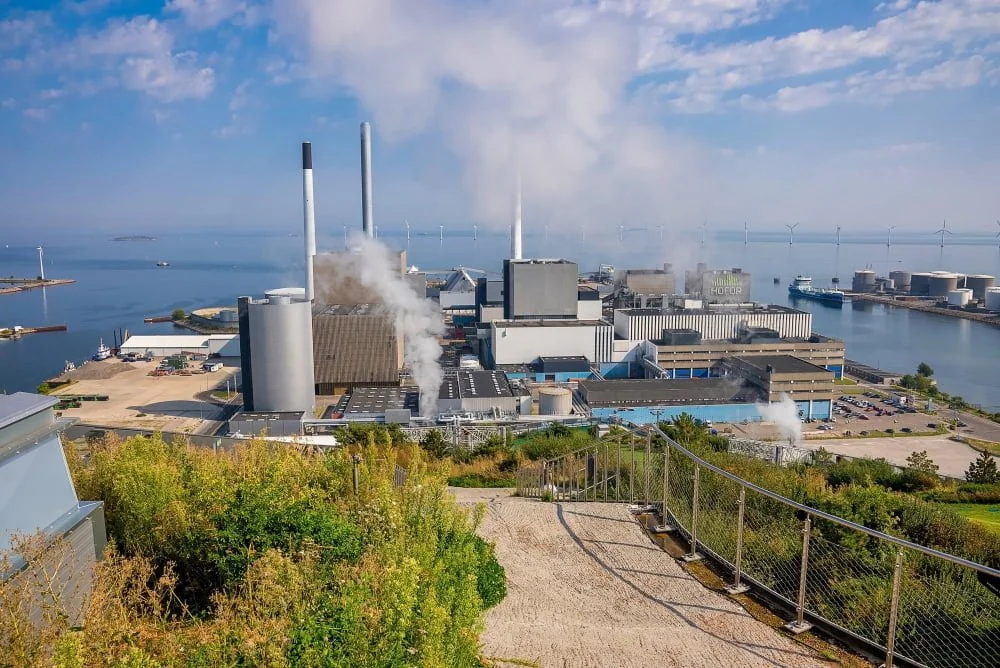
Waste-to-energy plants are an innovative alternative to gas boilers that can provide both heat and electricity. These plants use waste materials, such as garbage or agricultural waste, to generate energy through combustion or other processes.
The advantages of this option include reducing the amount of waste sent to landfills and producing renewable energy. However, some disadvantages are associated with these plants, including potential air pollution from the combustion process and concerns about the sustainability of using organic materials for fuel.
Building a waste-to-energy plant requires significant investment upfront which may not be feasible for all homeowners on a budget.
Energy Recovery Ventilation System
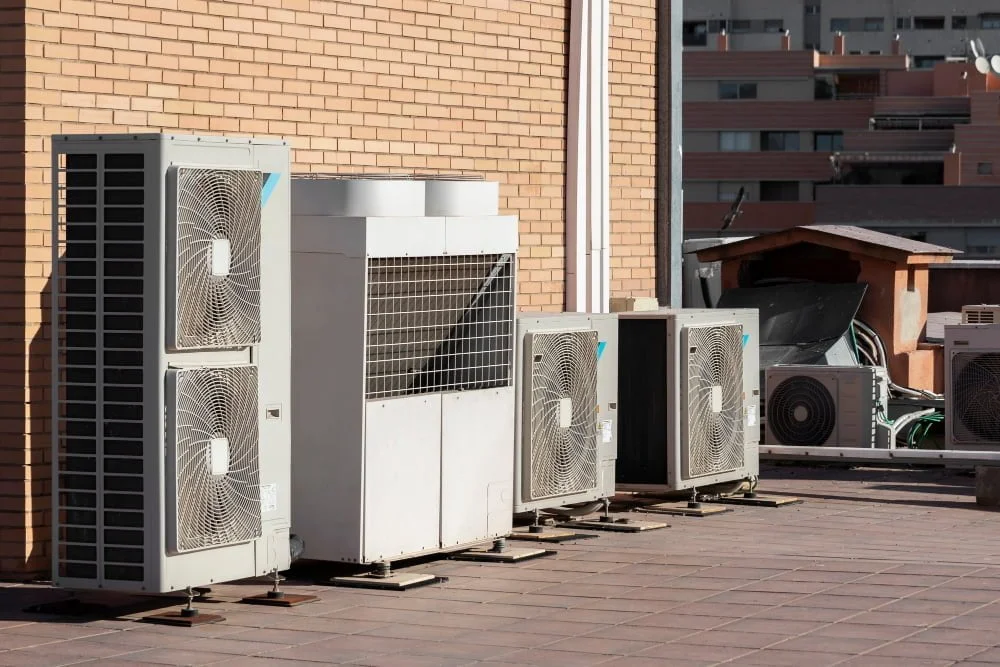
One of the most efficient gas boiler alternatives is an energy recovery ventilation system. This system works by exchanging stale indoor air with fresh outdoor air while also recovering heat from the outgoing air to warm up incoming fresh air.
The recovered heat can be used to preheat water or space heating, reducing overall energy consumption.
The advantages of this system are that it provides a constant supply of fresh and clean indoor air, improves indoor humidity levels, and reduces heating costs by up to 50%. It helps prevent mold growth and eliminates odors caused by stagnant indoor air.
However, there are some disadvantages as well. Energy recovery ventilation systems require professional installation which can be expensive upfront.
They also need regular maintenance such as filter replacement for optimal performance. They may not work efficiently in extremely cold climates where temperatures drop below freezing point since frost buildup on the unit’s core could reduce its efficiency over time.
Recap
